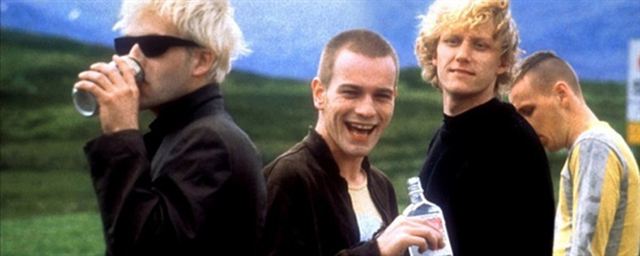British social-realism was established in the late 1950s and the early 1960s, often know as kitchen sink realism. It depicted domestic situations of working class Britons, in cramped houses spending their evenings at the pub. It showed the harsh reality of the social and political issues taking place among the working class.
The genre was promoted by the BBC in an attempt to capture British life, very unlike the route America (Hollywood) was taking with musicals and very glossed over lives. These films were often very low budget and focus more on peoples regular lives not some Hollywood action movie plot. British social-realism is meant to be relatable to those in a British working class and open talk to topics such as domestic abuse and unemployment etc. The genre was also know to push the boundaries of cinema, Trainspotting being a prime example as it is rated an eighteen due to nudity and drug use among many other reasons.

Since British social-realism was a new genre it birthed new directors such as Ken Loach and Mike Leigh. Ken Loach is best know for his film Kes (1969) about a boy who is bullied at home and at school that takes a kestrel egg and hatches it. Mike Leigh directed Happy-Go-Lucky (2008) a prime example of a social realist film.










